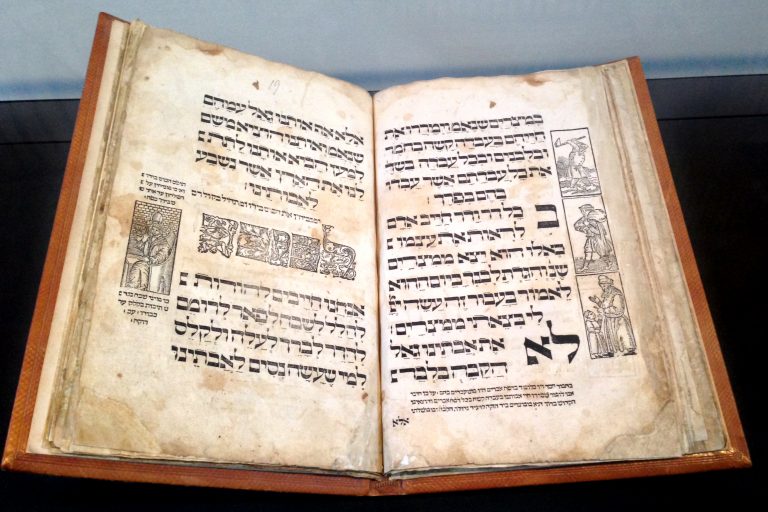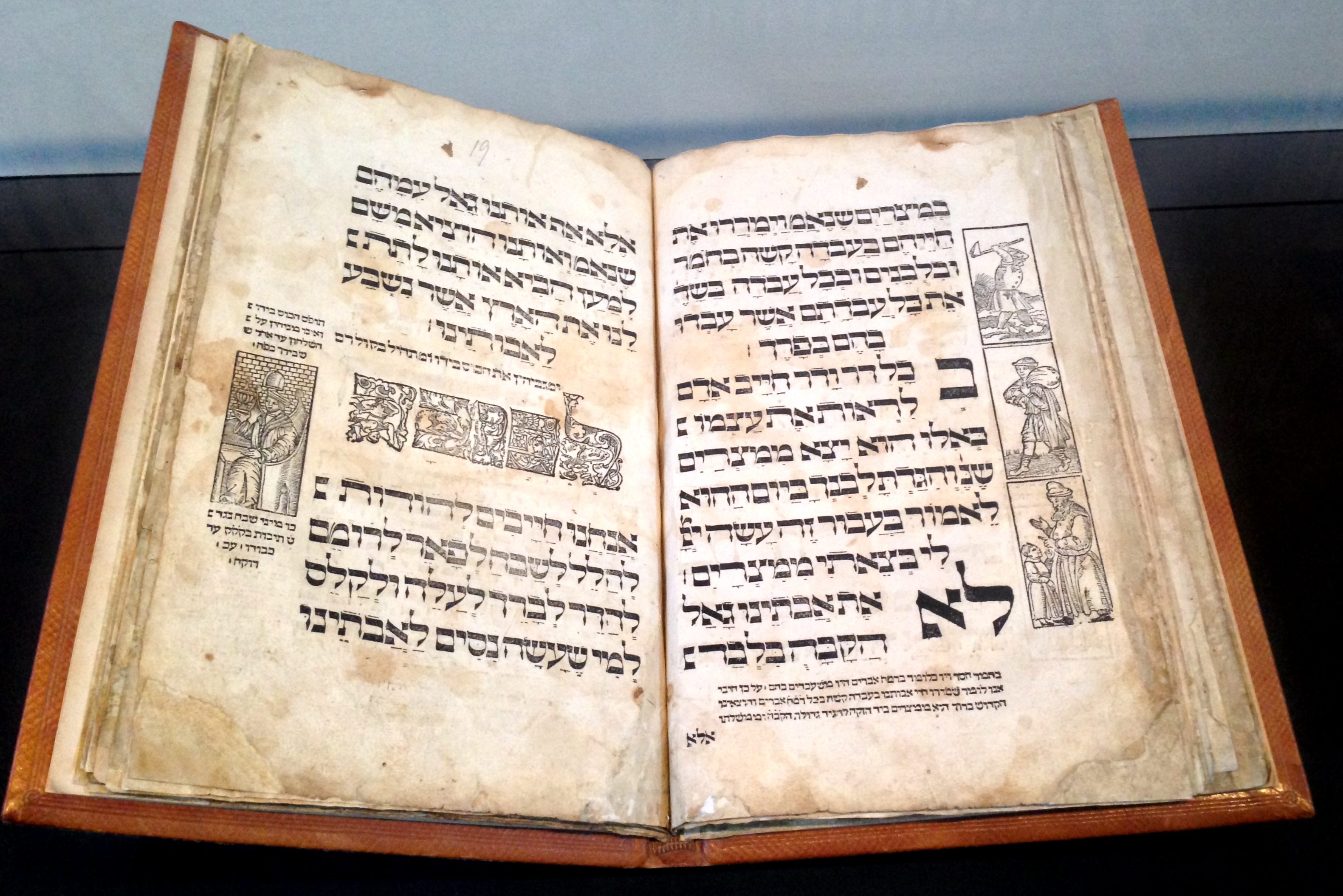 The Talmud records (Pesachim 116) the opinions of two of our great sages as to how the above principle is to be implemented in the Haggadah. The two famous scholars were Rav and Shmuel, each of whom , during one particularly fruitful period of creativity in our intellectual history, headed academies of learning in Babylonia. They were transitional figures between the Period of the Tannaim, the scholars of the Mishnah, and the Amoraim, the scholars of the Gemara; they themselves were considered Amoraim, in most cases.
The Talmud records (Pesachim 116) the opinions of two of our great sages as to how the above principle is to be implemented in the Haggadah. The two famous scholars were Rav and Shmuel, each of whom , during one particularly fruitful period of creativity in our intellectual history, headed academies of learning in Babylonia. They were transitional figures between the Period of the Tannaim, the scholars of the Mishnah, and the Amoraim, the scholars of the Gemara; they themselves were considered Amoraim, in most cases.
In any case, Shmuel is of the opinion that the basic meaning of the above principle is that “We were slaves to Pharaoh in Egypt, but Hashem our G-d took us out from there with a strong hand and an outstretched arm.” According to this view, it is our physical freedom which is to be emphasized, for without that freedom, it is nearly impossible for someone to grow spiritually.
Rav, on the other hand, sees the basic implementation of the above principle in the statement, “In the beginning, our ancestors were idol-worshippers, but now, the Holy One, Blessed be He, has brought us near to His Service.” According to this viewpoint, the key transformation that we experienced as a People was in our Spiritual Life, in moving from the worship of false gods to the worship of the One True G-d.
How did the Baal HaHaggadah reconcile these two views?
He used the principle of “Elu V’Elu Divrei Elokim Chayim!” “These and those are the words of the Living G-d!” He took both statements and embodied them in the Haggadah, as two necessary ingredients for complete freedom in the Jewish sense, “There is no free person other than one who occupies himself in Torah.” And paradoxically, according to this view of freedom, it is identical with servitude – but servitude to G-d, and not to Man. “They are My Servants, and not servants of other servants!”

